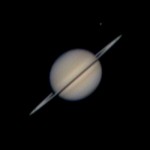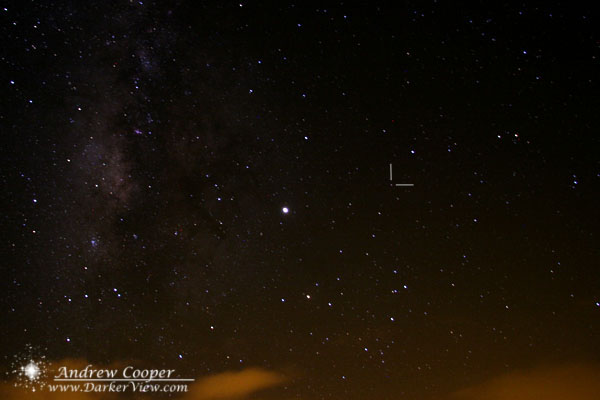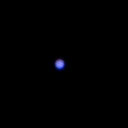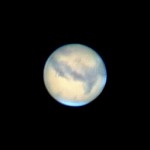It was pretty obvious, an odd bright spot in the trees below that followed the helicopter. Having educated myself on quite a few optical phenomena I knew exactly what it was I was seeing, and made a point of taking a few photographs.
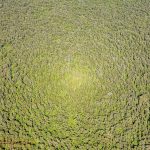
Called the opposition surge, Seeliger effect or shadow hiding this simple optical phenomena occurs when looking at rough or irregular surfaces that are directly away from the light source, usually the Sun. On an irregular surface some parts will shadow other parts, resulting in an apparent darkening of the overall surface. When looking at that part of the surface directly away from the light source no shadows are seen, making that region appear brighter.

